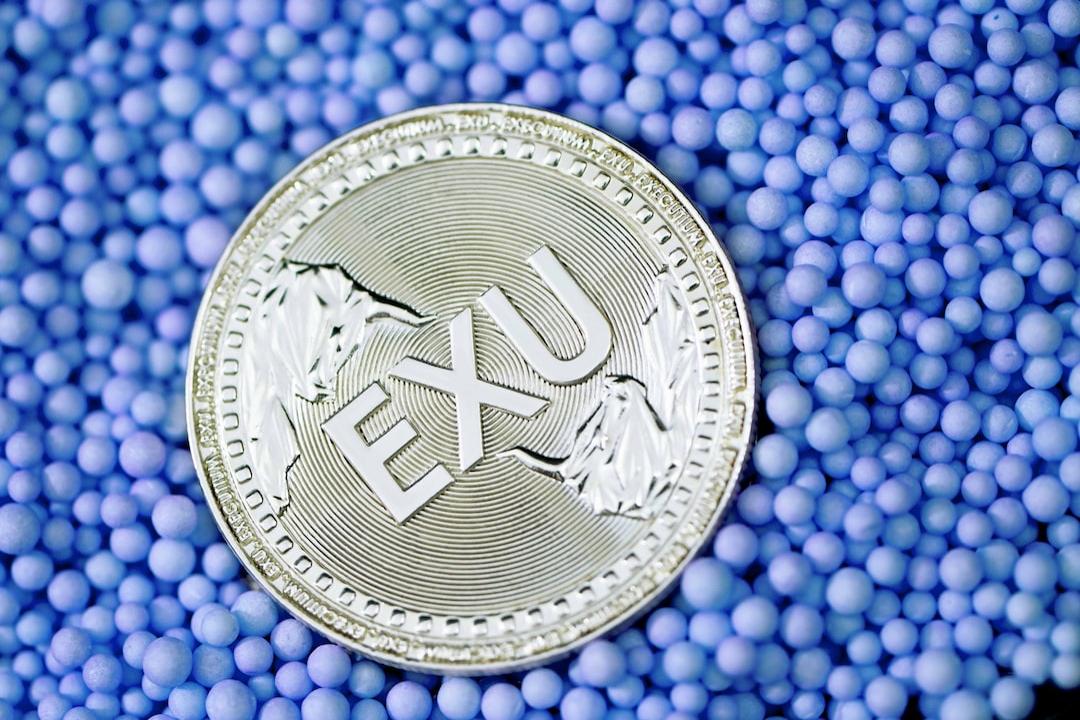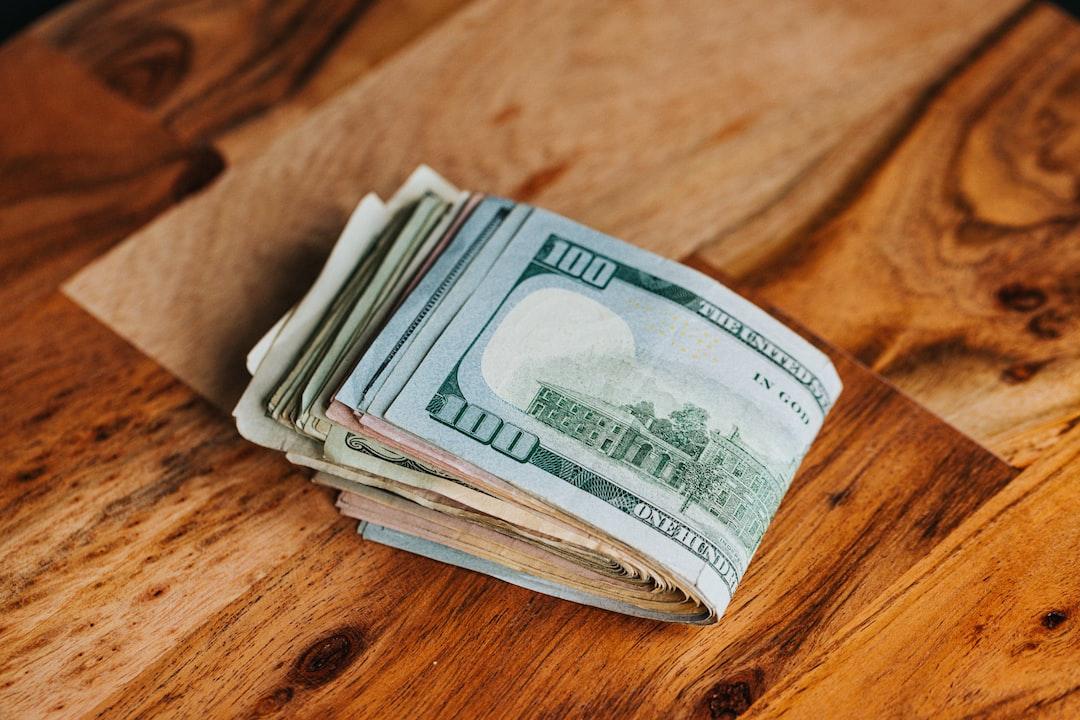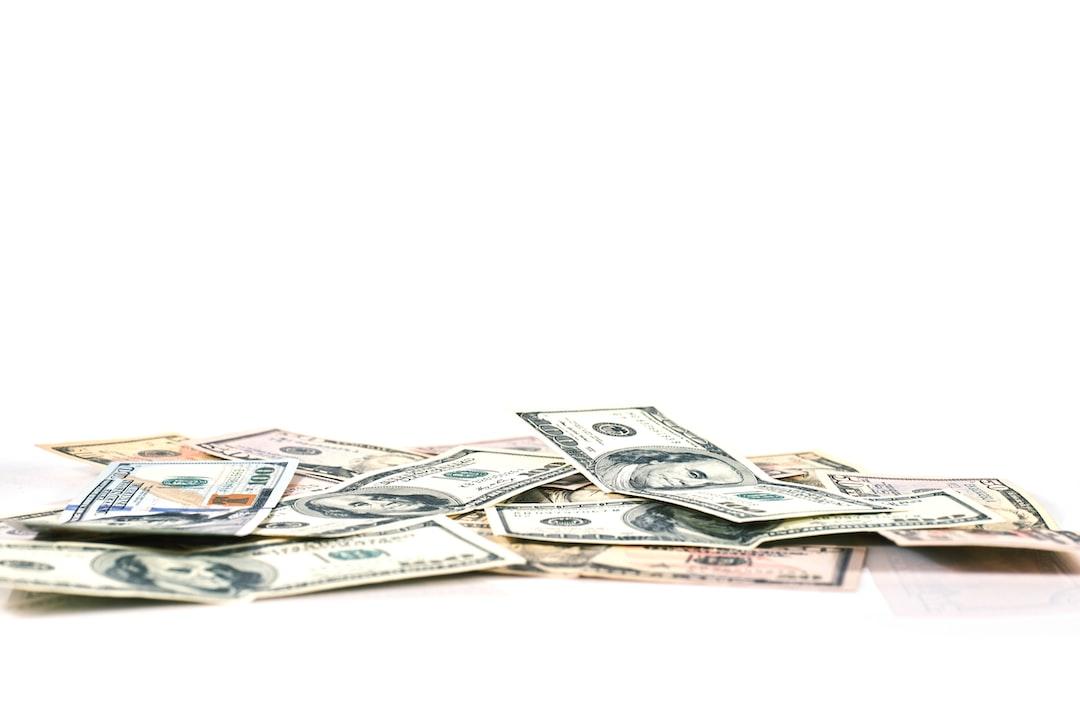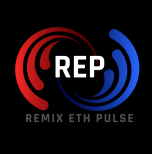Who is the New Ethereum Whale Abraxas Capital?
Recently, Bitcoin and Ethereum have driven a significant rebound in the cryptocurrency market, with an obvious increase in market activity and frequent movements by whale capital. Among them, London-based asset management company Abraxas Capital has become a focal point in this rebound due to its high-frequency on-chain operations and heavy investments in Ethereum DeFi strategies.
Accumulating Over 270,000 ETH in a Week, Focusing on Ethereum LST Ecosystem
Abraxas Capital has been very active on-chain recently.

Overview of Abraxas Capital’s public address asset holdings
According to Arkham data, as of May 20, the total value of the crypto assets held by Abraxas Capital’s two related public addresses exceeded $1.15 billion, with cumulative profits of about $280 million. In terms of asset structure, besides Bitcoin, which is valued at over $190 million, Abraxas Capital’s portfolio is heavily concentrated in Ethereum liquid staking tokens (LSTs), which are used for staking or as collateral in various DeFi protocols. Its main holdings include AwETH, wstETH, awstETH, and weETH, with the combined holdings of AwETH and wstETH surpassing $700 million, making up the overwhelming majority of its total assets. These assets offer both on-chain staking yields and secondary market liquidity, reflecting Abraxas Capital’s strategy of balancing stable returns with flexible reallocation of assets.
Regarding the pace of asset growth, since mid-February 2025, the institution’s asset scale has significantly accelerated and recently surpassed the $1 billion mark. In just the past week (May 13 to 20), its net assets increased by more than $130 million, mainly from a significant increase in its AwSTETH (Aave v3 wstETH) position, which grew by more than $120 million.

In terms of capital flow, over the past 7 days, Abraxas Capital withdrew nearly 270,000 ETH from centralized exchanges (CEXs), completing about 6 buy transactions per day on average, with a cumulative value exceeding $690 million. At an average purchase price of $2,573.8 per ETH, compared to the current market price of approximately $2,500, this part of the position is currently in a temporary unrealized loss of around $11 million. Notably, Abraxas Capital has significantly reduced its Bitcoin holdings within the past month. On-chain data shows that in the past few weeks, the institution transferred 2,000 BTC, worth over $190 million, to exchanges. However, it has recently started to increase its Bitcoin holdings again, withdrawing approximately $85 million worth of Bitcoin from exchanges.
According to Arkham data, Abraxas Capital’s ETH capital is primarily flowing into Ethereum DeFi protocols. In the past 7 days, Abraxas Capital has transferred more than 174,000 ETH to mainstream DeFi protocols such as Aave, Ether.fi, and Compound, with an estimated total value of about $440 million at current prices. Particularly, Aave is the primary platform for Abraxas Capital’s ETH holdings, with the institution holding positions worth over $480 million on AAVE V3.

Thus, Abraxas Capital is becoming one of the more active and heavily invested institutional players in the Ethereum ecosystem, strengthening asset liquidity and yield reuse through deep participation in the DeFi market.
Asset Size Exceeds $3 Billion, Former Tether Major Client
Abraxas Capital Management is an asset management company headquartered in London and regulated by the UK’s Financial Conduct Authority (FCA), with the goal of becoming a top-tier asset management firm. The company was founded in 2002 by Fabio Frontini and Luca Celati, both of whom were senior executives at Dresdner Kleinwort Wasserstein (DRKW) in London.
Initially focused on traditional finance, Abraxas Capital began positioning itself in Bitcoin assets by the end of 2014. In 2017, Abraxas Capital announced its shift towards digital assets. Heka Funds is the core investment platform under Abraxas Capital, focusing on digital assets, headquartered in Malta and regulated by the Malta Financial Services Authority (MFSA), with an asset size exceeding $3 billion.
As a multi-fund investment company, Heka currently manages three main funds: the Elysium Global Arbitrage Fund, launched in 2017, which is the first officially licensed and operational digital asset fund in the EU, with a return of 214.95% since inception. By the end of 2024, its assets under management (AUM) had surpassed 1.2 billion euros; the Alpha Bitcoin Fund, established in 2022, focuses on Bitcoin investments, with an AUM of $2 billion; and the Alpha Ethereum Fund, launched in 2023, focuses on Ethereum, with an AUM of $4.8 million.
The Elysium Fund is Heka Funds’ main business, initially entering the market with a Bitcoin arbitrage strategy, inspired by a small arbitrage fund that bought Bitcoin at low prices on Western exchanges and resold it to Japanese exchanges. Initially, Elysium mainly engaged in Bitcoin arbitrage, but as the arbitrage opportunities gradually narrowed, the fund shifted its strategy towards stablecoin arbitrage.
In 2019, Fabio Frontini first met Tether’s CFO Giancarlo Devasini and was invited to the Bahamas to meet Tether’s banking partner, Deltec Bank. According to Frontini, Deltec showed him Tether’s asset proof: over 60% of reserves were in cash, with the remainder in short-term US Treasuries, which gave him full confidence in Tether’s 1:1 backing. Subsequently, Heka Funds verified Tether’s liquidity through a series of small test trades and gradually expanded the trading volume.
Through continuous trading and cooperation, Heka Funds gradually became one of Tether’s largest institutional clients and a driving force behind Tether’s rapid development. According to a research report by Protos in 2021, Heka Funds had acquired over $1.5 billion in USDT, accounting for about 1.5% of Tether’s total issuance. That year, Heka Funds earned a cumulative profit of about $52 million, far exceeding the $5.8 million profit made by its parent company Abraxas, making it one of the most successful funds in the group. In the past 30 days, Arkham data shows that Heka Funds ranked 8th among Tether’s main trading counterparts, with a trading volume of $564 million.

In early 2025, in an interview with Protos, Frontini once again expressed his confidence in Tether. He pointed out that Tether was earning significant interest income in the high-interest-rate environment in the US, and its business model was very simple but extremely effective. He also quoted Howard Lutnick, CEO of Cantor Fitzgerald, at the 2024 Davos Forum, stating that Tether’s assets were mainly held by the largest US Treasury broker, Cantor, which further strengthened his confidence in Tether.
It is worth mentioning that earlier this month, on-chain analyst @DesoGames tracked the flow of Tether funds during a particular period and found that the funds primarily flowed to Abraxas and Cumberland crypto entities. However, the funds were routed through multiple layers of accounts in a complex and opaque manner, possibly aimed at covering the source of illegal transactions.
The analyst further disclosed that Heka Funds claimed its net assets were 1.3 billion euros but had purchased $1.5 billion in USDT (Tether issued about $2.5 billion during this period), an amount far exceeding its financial capacity, raising doubts. Additionally, Heka Funds’ shareholders and directors were found in offshore leak databases, with complex backgrounds and difficult-to-trace identities. Heka Funds may simply be a shell fund used by Abraxas to cover up its true activities, lacking transparency and credibility.
Currently, based on on-chain trends, with the continued financialization of the crypto market and the narrowing of early stablecoin arbitrage opportunities, Abraxas Capital is also exploring expanding its strategies into a more sustainable Ethereum staking lending ecosystem.
This article is a cooperative reprint from: PANews

